Is underfloor heating more efficient than radiators? Here's what to consider when making your choice
Can’t decide between underfloor heating and radiators? We put them head-to-head to find out which one is more energy efficient

Is underfloor heating more efficient than radiators? If you're in the process of choosing heat emitters for your home, you've probably asked yourself this question.
First of all, let's take a look at how they both work. Underfloor heating provides gradual, natural warmth by circulating warm water through pipes or using electric wires beneath your flooring. Radiators operate in one of two ways: they either circulate hot water through metal panels to release warmth via radiation and convection, or they convert electricity directly into heat.
To help you find the best option for your home, we put these two popular choices head-to-head after consulting with the experts. Keep reading to see which one we crowned the best – or jump straight to our comparison chart.
Which is more efficient: underfloor heating or radiators?
Underfloor heating is usually more energy-efficient than radiators – especially when it is combined with low-carbon heating technologies, such as heat pumps.
Thomas Halpin, Heating Expert at PriceYourJob, explains, "The biggest advantage of underfloor heating is that it operates efficiently at these lower temperatures. It requires less energy to maintain a comfortable indoor temperature, so your boiler or heat pump won’t have to work as hard. Radiators require higher water temperatures to produce the same level of warmth, so this can lead to higher energy consumption."
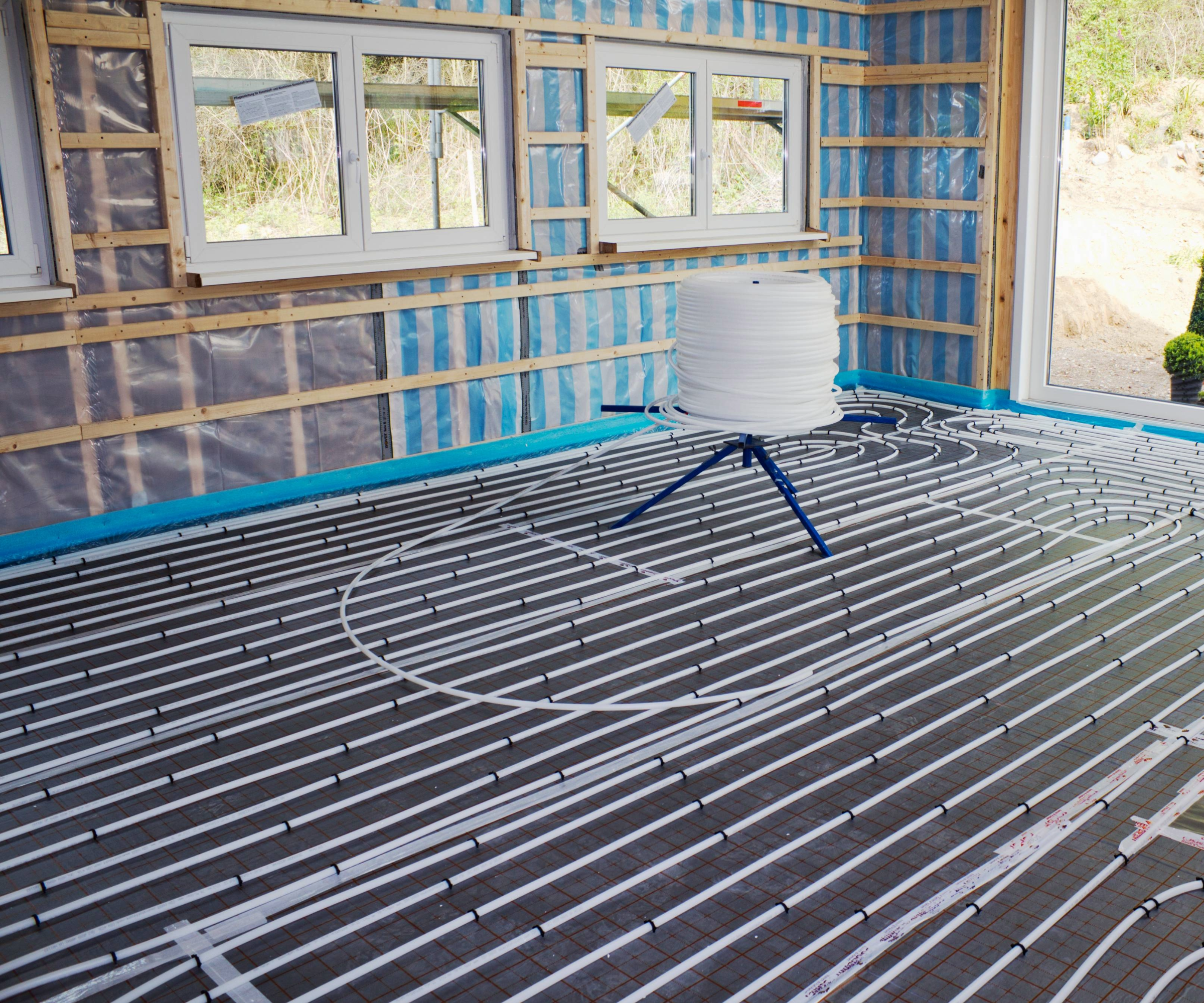
Which heats a room faster: underfloor heating or radiators?
The best radiator will heat up your room more quickly, according to Martyn Fowler, founder of Elite Renewables. Once you’ve turned the heating on, you can expect to feel a difference within 15 to 20 minutes, as it starts warming up the air immediately.
Underfloor heating, on the other hand, takes longer because it needs to warm the floor before the heat rises into the room. However, it’s worth noting that electric underfloor heating warms up faster than wet systems, which is why Martyn recommends it for bathrooms in particular – where people want quick, localised heating for short periods of time.
Bring your dream home to life with expert advice, how to guides and design inspiration. Sign up for our newsletter and get two free tickets to a Homebuilding & Renovating Show near you.
David Miloshev, HVAC expert at Fantastic Services, adds, "Radiators will generally heat a room quicker than underfloor heating because they operate at a higher water temperature. Most radiator systems run between 60 to 75°C. This means they deliver heat to the room more rapidly, creating noticeable warmth within minutes. The warm air rises and circulates, which can quickly bring the room up to temperature."
Shop our editors' favourite radiators
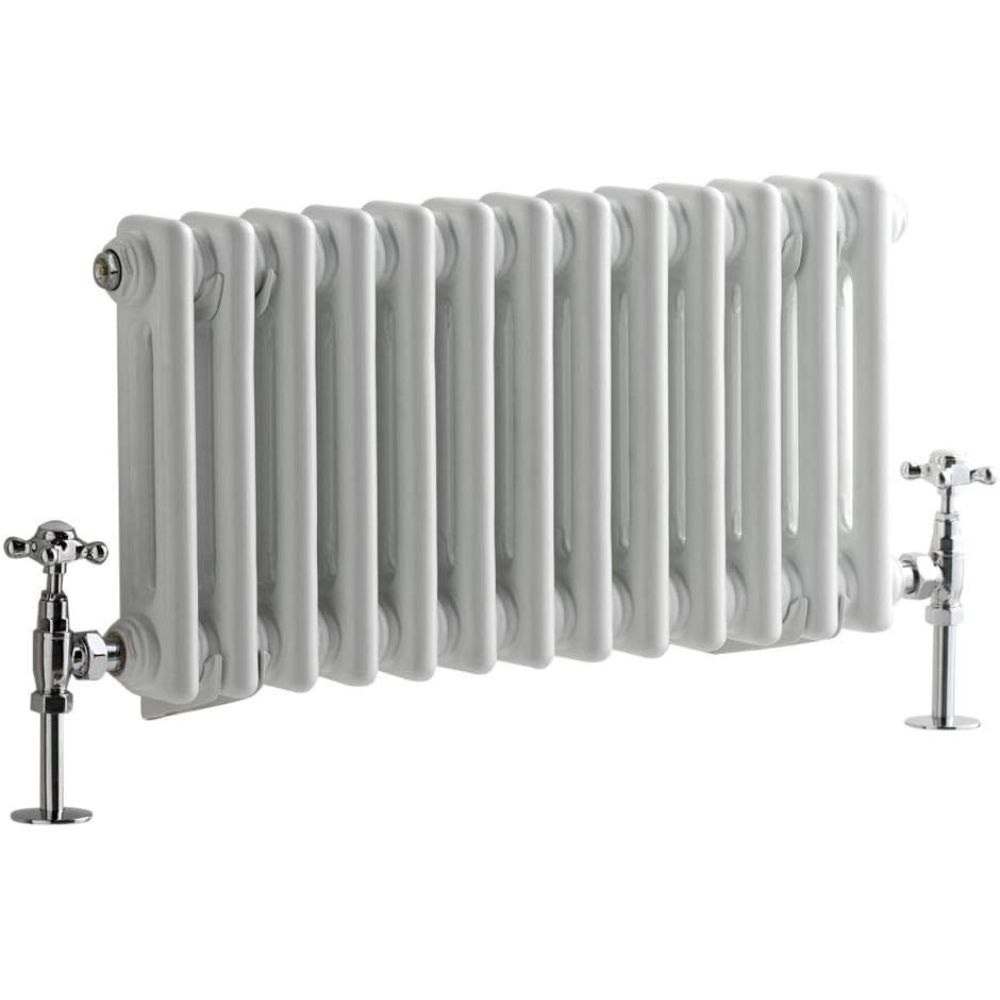
Made from premium-quality steel, this classic-style column radiator is the top pick in our buying guide.
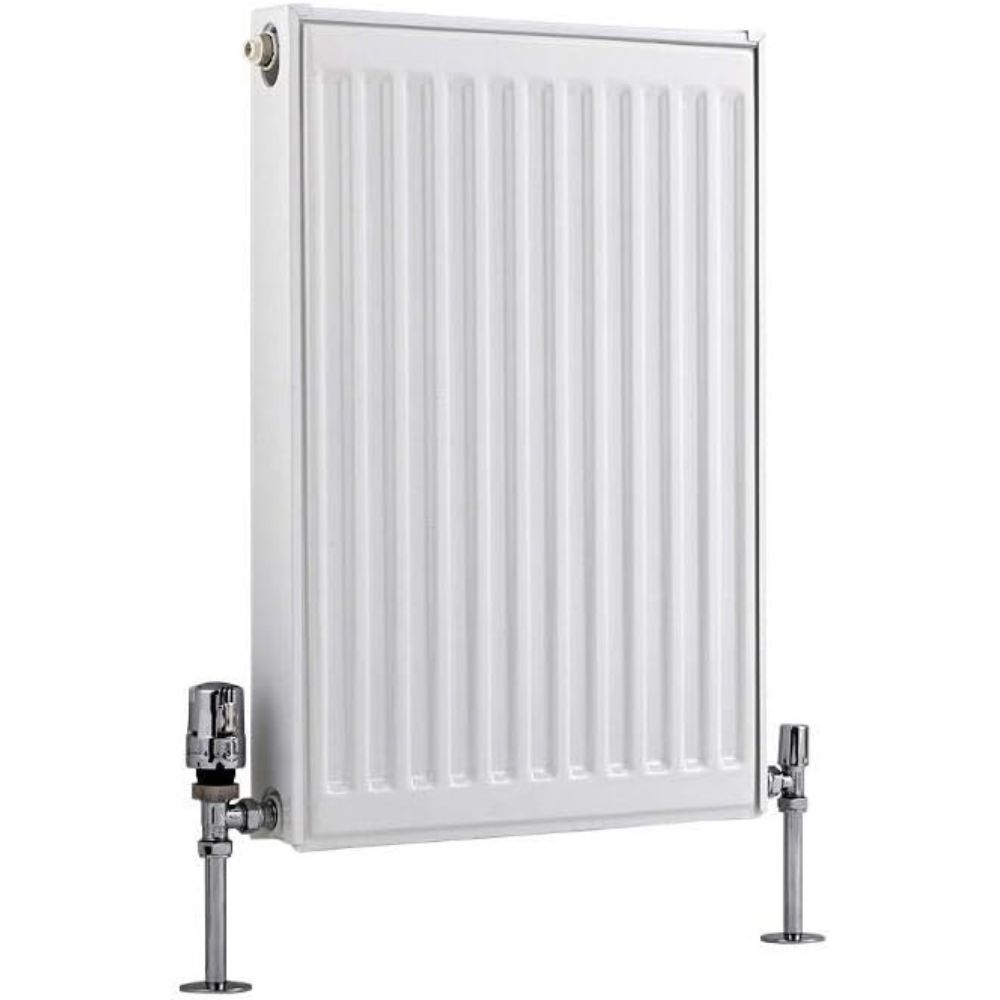
Perfect for small spaces, this compact radiator measures 600 x 400 mm and has a heat output of 1,202 BTU.
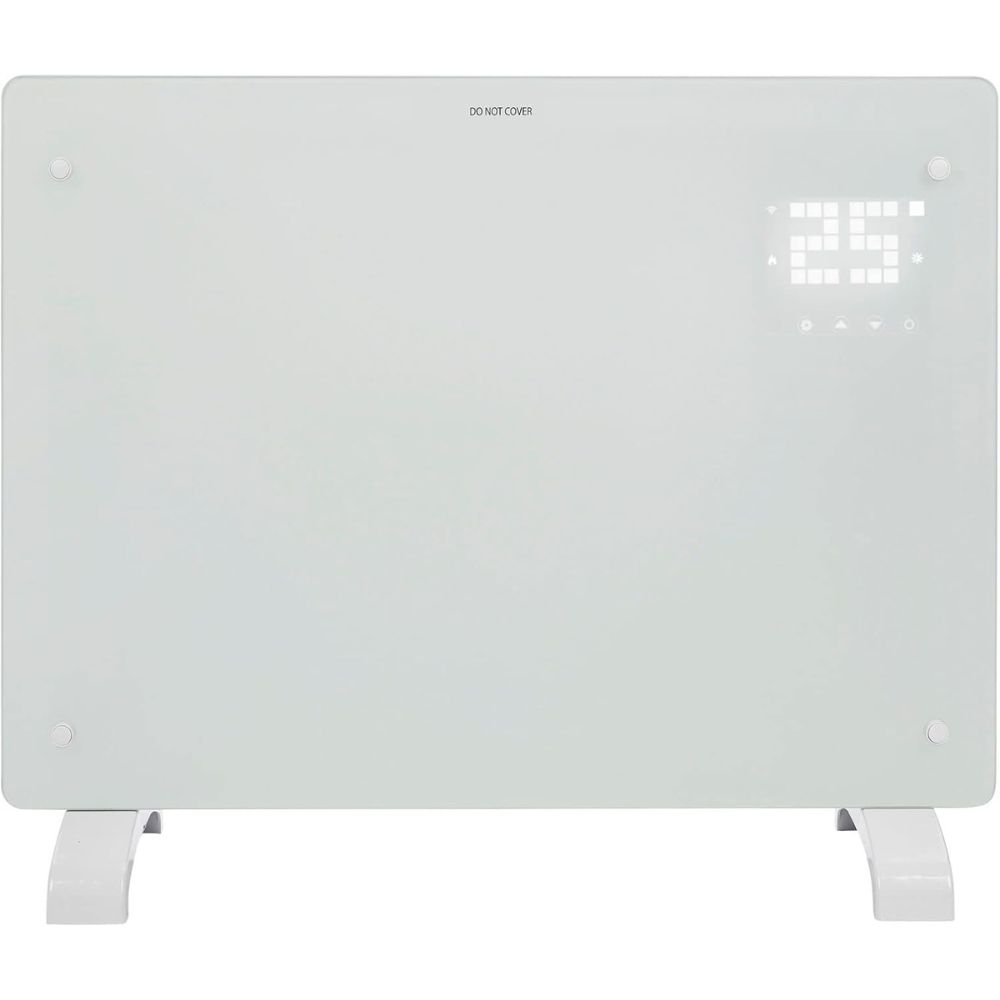
This Wi-Fi-enabled radiator lets you control your heating from your smartphone and can be used freestanding or mounted.

Martyn Fowler is the founder of Elite Renewables. He has over 20 years of experience working on residential HVAC systems and improving energy efficiency.
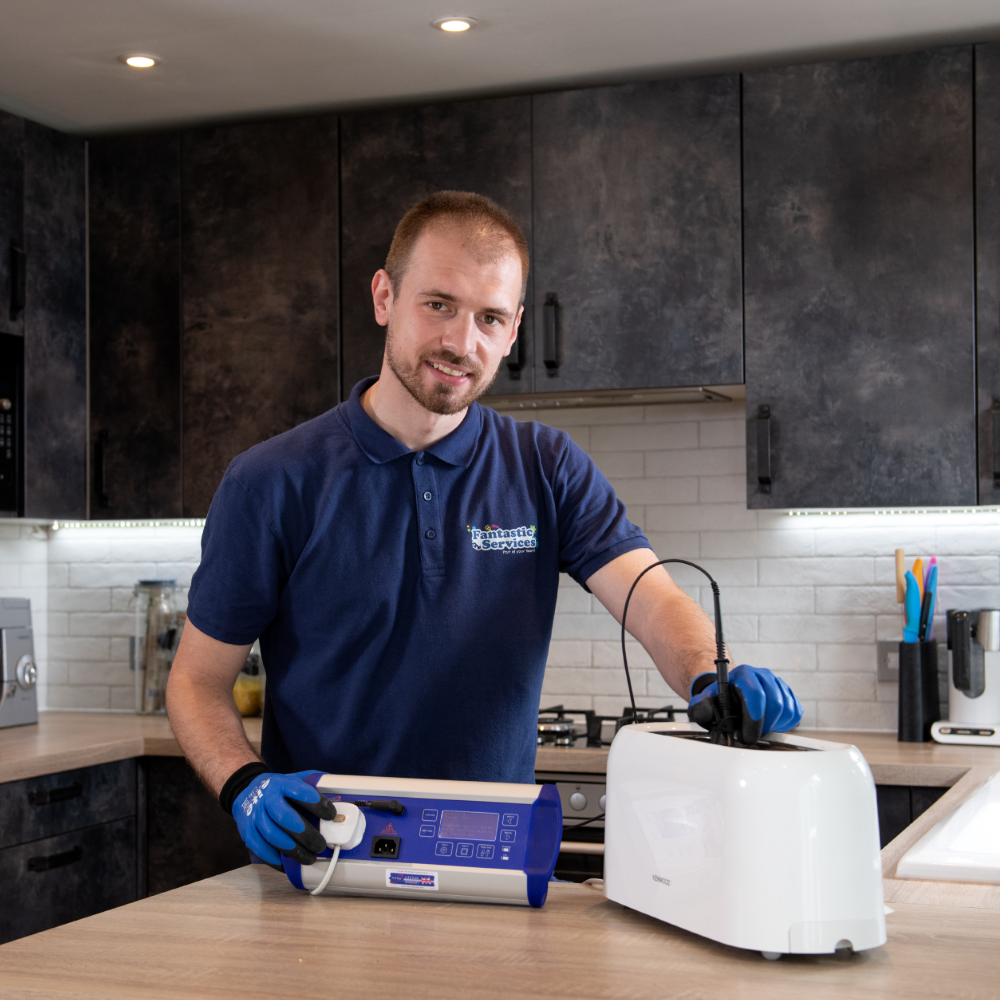
David Miloshev has worked with Fantastic Services as an appliance technician and certified electrician for more than five years
Which heats a room more evenly: underfloor heating or radiators?
We now know that radiators are the quickest option, but what provides the most even heating? The winner for this round is underfloor heating, according to David Miloshev.
He explains, "Underfloor heating spreads warmth across the entire floor surface, creating a broad and low-level radiant heat. Warm air rises naturally and fills the space uniformly. There are no distinct hot or cold spots and the temperature tends to remain stable once the system reaches a comfortable temperature. This is especially noticeable in well-insulated homes where heat loss is low and steady heat delivery works efficiently."
By contrast, radiators are point heat sources, which means they emit heat from a small area. The warm air rises near the radiator, moves across the ceiling, cools, and then drops on the opposite side of the room – causing temperature differences between different parts of the space.

Which is cheaper to run: underfloor heating or radiators?
While radiators are cheaper to buy upfront, underfloor heating has lower running costs, which will save you money in the long run.
Thomas Halpin says, "[Installing underfloor heating] in an existing property can be more complex and expensive, although some modern low-profile systems are a little easier. Radiators are generally cheaper and easier to install, especially if you already have a central heating system in place."
Underfloor heating vs radiators: a quick comparison
| Row 0 - Cell 0 | Underfloor heating | Radiator |
Most efficient | 🏆 | ❌ |
Heats up quickest | ❌ | 🏆 |
Most even heat distribution | 🏆 | ❌ |
Cheapest to run | 🏆 | ❌ |
Cheapest to buy upfront | ❌ | 🏆 |
After comparing these popular emitters, it’s clear that underfloor heating is a great option for many properties. Provided you’re happy to wait a little longer for it to heat up your room – and pay a bit more upfront initially – it’s the most efficient choice of the two.
If you decide to install it in your home, it’s worth learning what underfloor heating manifolds are, as they’ll be an important part of your setup, as well as what underfloor heating costs to expect.

As Content Editor at Homebuilding & Renovating, Megan is passionate about providing expert-backed advice and creative inspiration to help readers transform their living spaces. Her love for DIY began while helping to renovate her parents’ family home, sparking a fascination with interiors, renovation, and design. More recently, she assisted with the renovation of her partner’s house in Bristol and is currently expanding her expertise through an Introduction to Home Improvement course. She joined the Homebuilding & Renovating team in 2025, having previously worked as a Staff Writer at PetsRadar and Beauty Assistant at Harrods.
